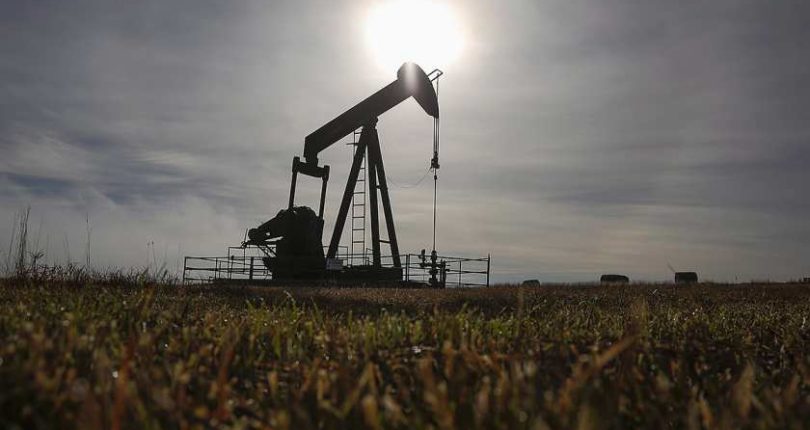
As Alberta’s economy rebounds from the downturn in the price of oil, new data shows employment insurance use is on the decline.
The province outpaced the rest of Canada with an 11.1 per cent year-over-year decline in EI beneficiaries, according to Statistics Canada.
Economic indicators tell a consistent story — the worst of the downturn has ended, Trevor Tombe, associate professor of economics at the University of Calgary, said Thursday.
Recent data show provincial unemployment down from a high of nine per cent in November 2016. In addition, there’s been a 9.3 per cent increase in the first quarter for job vacancies in the province. Alberta’s business confidence achieved six consecutive gains in Canadian Federation for Independent Business surveys, before holding steady in June.
“The corner has clearly been turned,” Tombe said.
Since October 2014, additional EI payments into Alberta have totalled $3 billion over and above the norm, he said. Typically, the province would receive roughly $50 million a month.
The 72,000 Albertans receiving regular EI benefits in May, according to StatsCan, represented a 7.2 per cent drop from the previous month, in addition to the year-over-year decline.
Alberta was one of eight provinces to see a decline from April. Nationally, the decline from the previous month was 2.4 per cent and the year-over-year drop was only 4.9 per cent.
The presence of other positive economic indicators bode well for economic recovery in Alberta, especially in comparison to the other provinces hit hardest by the oil downturn — Saskatchewan and Newfoundland and Labrador.
“The declines that you’ve seen in Alberta over the past two months — you haven’t seen similar sized declines in those other two provinces,” said Marton Lovei of Statistics Canada.
The May EI figures represent Alberta’s first year-over-year decrease since November 2014, when the downturn in oil prices began.
Tombe said the reduction in EI beneficiaries might be the result of a strengthening economy, but also said there were factors that contributed to Alberta’s outsized decline that were beyond the norm.
Statistics Canada attributed it in part to an increase in EI beneficiaries in northern Alberta in May 2016 associated with the Fort McMurray wildfires and evacuation. More than one-third — 34.6 per cent — of the decline in beneficiaries in Alberta in the 12 months to May occurred in the census agglomeration of Wood Buffalo, where Fort McMurray is located.
The federal government also made it easier to apply for EI in 15 regions of the country, including Alberta, offering up to an additional 20 weeks of regular benefits for areas hit hardest by declines in commodity prices.
John Rose, chief economist for the City of Edmonton, said the city’s economy came through the recession in relatively good shape.
Since January, Edmonton has seen a marked improvement in labour market conditions, including a turnaround in the city’s manufacturing sector, he said.
He noted about a quarter of jobs in Edmonton are in education, health care and public administration.
“While those areas don’t go down as quickly or as far as other sectors of the economy, particularly energy, they don’t bounce back quite as quickly,” Rose said.
Rose expects a return to GDP growth for Edmonton and for Alberta.
“I’m not aware of anyone who isn’t forecasting growth for the province of Alberta in the range somewhere from the low two per cent range … all the way up to 3.3 per cent,” he said.
Rose said his forecasts are on the modest end — 2.3 per cent growth for the province and 1.7 per cent for the city of Edmonton.




Join The Discussion